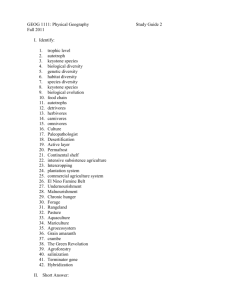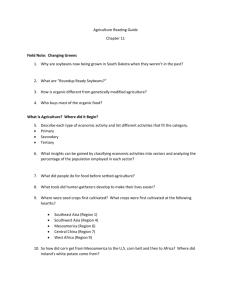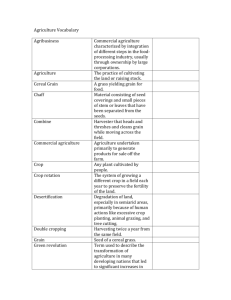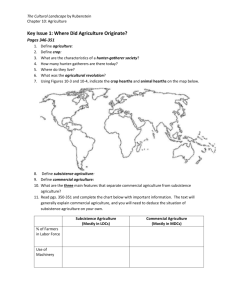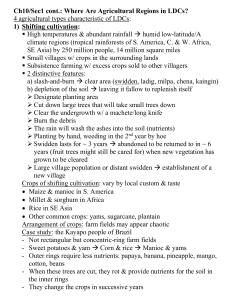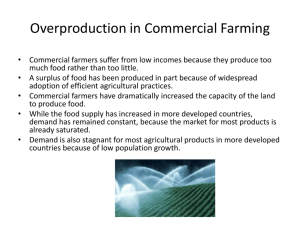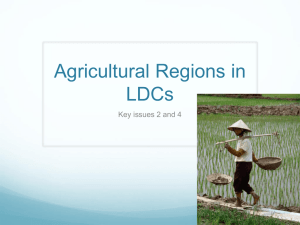Sati_Food&NutritionSecurity
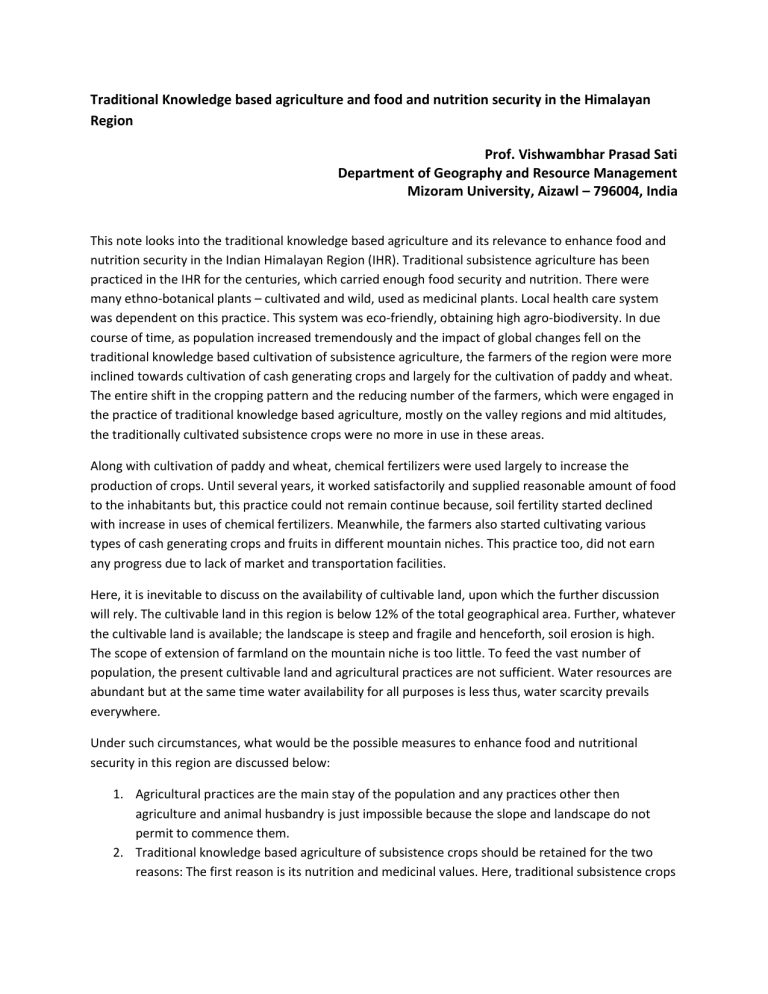
Traditional Knowledge based agriculture and food and nutrition security in the Himalayan
Region
Prof. Vishwambhar Prasad Sati
Department of Geography and Resource Management
Mizoram University, Aizawl – 796004, India
This note looks into the traditional knowledge based agriculture and its relevance to enhance food and nutrition security in the Indian Himalayan Region (IHR). Traditional subsistence agriculture has been practiced in the IHR for the centuries, which carried enough food security and nutrition. There were many ethno-botanical plants – cultivated and wild, used as medicinal plants. Local health care system was dependent on this practice. This system was eco-friendly, obtaining high agro-biodiversity. In due course of time, as population increased tremendously and the impact of global changes fell on the traditional knowledge based cultivation of subsistence agriculture, the farmers of the region were more inclined towards cultivation of cash generating crops and largely for the cultivation of paddy and wheat.
The entire shift in the cropping pattern and the reducing number of the farmers, which were engaged in the practice of traditional knowledge based agriculture, mostly on the valley regions and mid altitudes, the traditionally cultivated subsistence crops were no more in use in these areas.
Along with cultivation of paddy and wheat, chemical fertilizers were used largely to increase the production of crops. Until several years, it worked satisfactorily and supplied reasonable amount of food to the inhabitants but, this practice could not remain continue because, soil fertility started declined with increase in uses of chemical fertilizers. Meanwhile, the farmers also started cultivating various types of cash generating crops and fruits in different mountain niches. This practice too, did not earn any progress due to lack of market and transportation facilities.
Here, it is inevitable to discuss on the availability of cultivable land, upon which the further discussion will rely. The cultivable land in this region is below 12% of the total geographical area. Further, whatever the cultivable land is available; the landscape is steep and fragile and henceforth, soil erosion is high.
The scope of extension of farmland on the mountain niche is too little. To feed the vast number of population, the present cultivable land and agricultural practices are not sufficient. Water resources are abundant but at the same time water availability for all purposes is less thus, water scarcity prevails everywhere.
Under such circumstances, what would be the possible measures to enhance food and nutritional security in this region are discussed below:
1.
Agricultural practices are the main stay of the population and any practices other then agriculture and animal husbandry is just impossible because the slope and landscape do not permit to commence them.
2.
Traditional knowledge based agriculture of subsistence crops should be retained for the two reasons: The first reason is its nutrition and medicinal values. Here, traditional subsistence crops
can be grown in all climatic conditions and zones without requiring enough irrigation facility.
Second, it is ecologically fit and obtains high agro-biodiversity.
3.
About 75% of the geographical land is covered by vegetation where numbers of medicinal plants grow and many other non-timber forest products are found. These forest based products can be utilized largely for food security.
4.
Along with subsistence agriculture, substantial cultivation of cash generating crops should be assured as the agro-climatic conditions in this region is considerably very suitable for cultivating them. This practice will also restore ecology and landscape and will prevent excessive soil erosion.
5.
All above that the policy interventions for harnessing these niche based products more smoothly, are off course is the need of hours. Market facilities for selling medicinal plants and non timber forest products should be assured so that the farmers may enjoy the fruits of their hard work. There are instances when several times, farmers stopped cultivating medicinal plants only owing to non availability of market.
6.
Irrigation is essential for rice and wheat crops, thus, water resource management, either through traditional wisdom or new technology, may enhance food productivity and thus food security.
With summing up, crop diversity is essential for food security in this region. This may be attended while opting the traditional wisdom as well as the current practices of agriculture.
